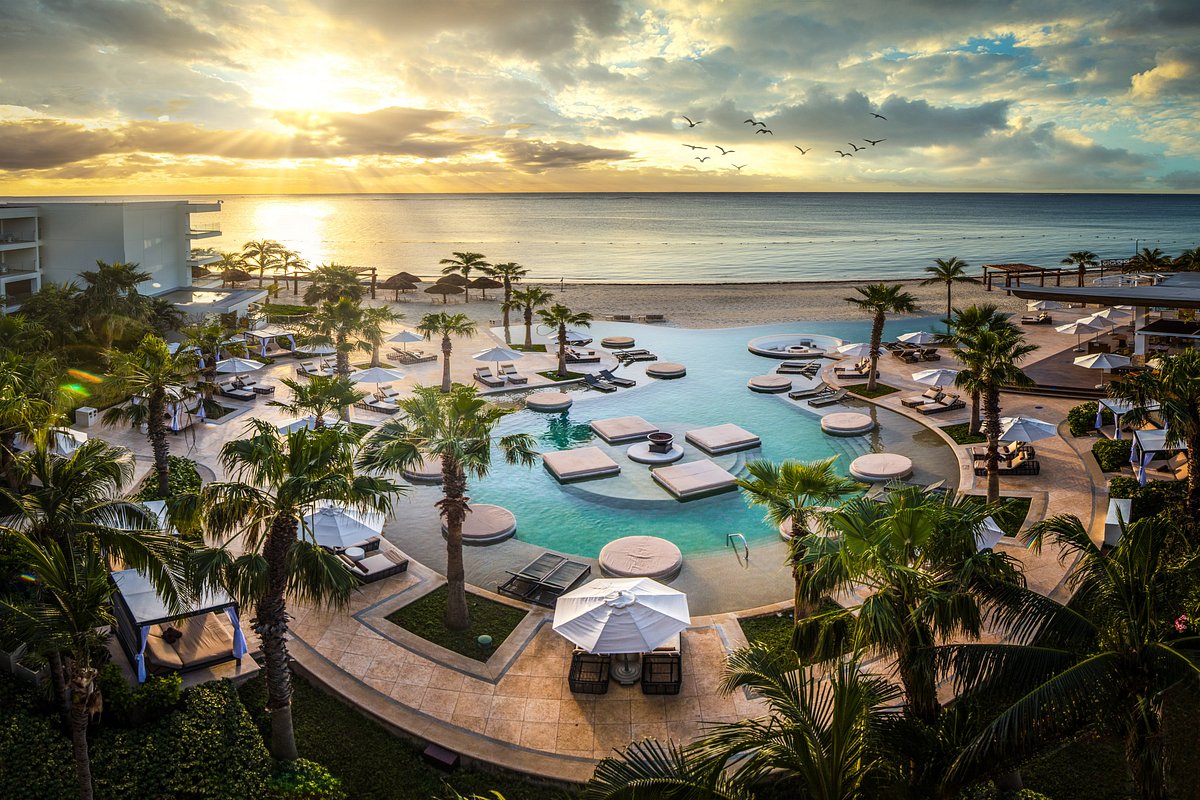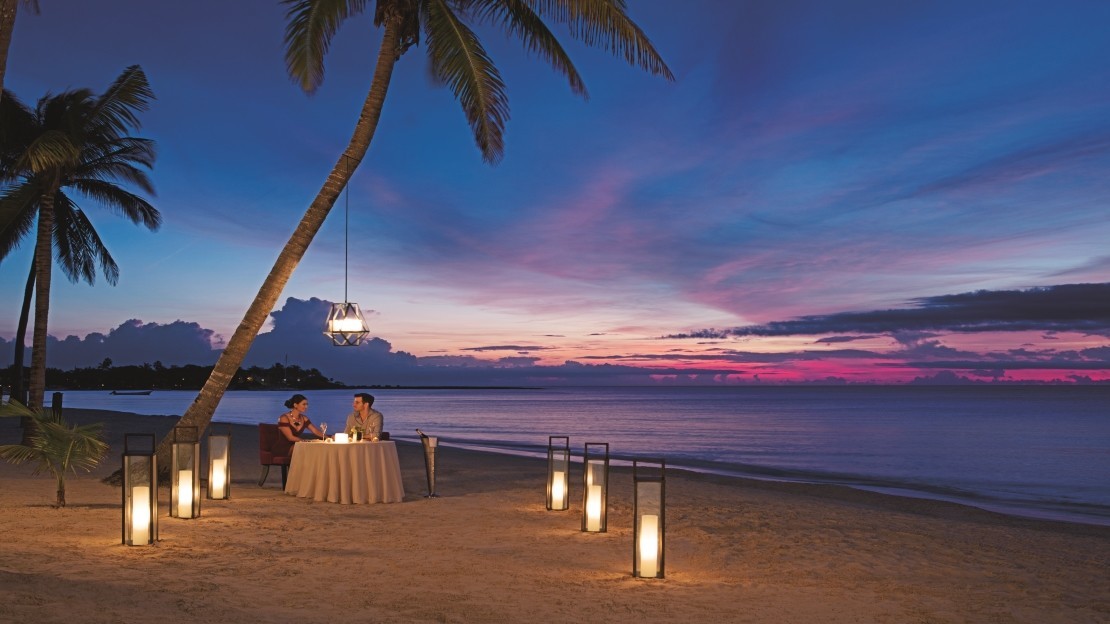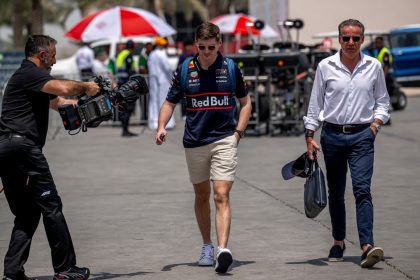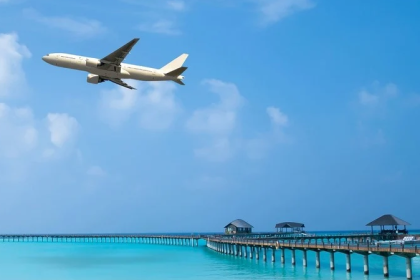Why the Next Big Thing in Vacation Ownership Isn’t Where You Think—And Why You’ll Wish You’d Heard the Rumor Sooner
- The Whisper That Became a Wave
- From Hidden Gem to Investment Hotspot
- The Human Side of the Secret Riviera
- Business Insights: Why Investors Are Paying Attention
- A Piñata of Opportunity (If You Know Where to Hit)
- Lessons from the Past, Eyes on the Future
- Table: Key Trends in Mexican Timeshare Ownership (1990s–2020s)
- The Secret Sauce: Why This Coastline Matters
The Whisper That Became a Wave
Let me take you back to a sultry evening in late September, when I found myself at a tiny seafood palapa in a fishing village north of Cancún. The sun was melting into the Caribbean, the ceviche was as fresh as a mariachi’s first chord, and the only thing more intoxicating than the mezcal was the conversation swirling around me.
Have you heard about the Secret Riviera? It’s the last stretch of true paradise—before the crowds, before the headlines, before the prices go loco.
Local Developer
If you’re picturing the Riviera Maya or the glitzy hotel zone of Cancún, think again. The Secret Riviera is a hush-hush coastline—think sleepy fishing towns, mangrove lagoons, and beaches where the only footprints belong to pelicans and the occasional barefoot investor. It’s the kind of place where the future of vacation ownership is being quietly, but powerfully, rewritten.
From Hidden Gem to Investment Hotspot
For decades, Mexico’s Caribbean coast has been the darling of the timeshare world. Since the 1990s, branded giants like Marriott and Hilton have transformed the region, bringing with them a wave of innovation, trust, and, yes, a little bit of glamour. According to historical data, occupancy rates for Mexican timeshare resorts have hovered around a jaw-dropping 89%—outpacing even the most optimistic hotelier’s dreams. Floating weeks, points-based systems, and flexible exchange programs have made ownership as customizable as your favorite taco toppings.
But here’s the twist: as the big names and bigger crowds have flocked to Cancún, Playa del Carmen, and Tulum, a new generation of savvy investors and families is looking for something different. They want authenticity, sustainability, and a sense of discovery. Enter the Secret Riviera—a coastline where the rules are being rewritten, and where the next chapter of vacation ownership is unfolding in real time.
The Human Side of the Secret Riviera
Let’s meet Sofía and Tomás, a young couple from Monterrey who stumbled upon the Secret Riviera while searching for a place to unplug.
We wanted somewhere our kids could run free, where we could fish in the morning and eat what we caught for lunch. We never imagined we’d end up buying a fractional share in a boutique eco-resort—but the community, the flexibility, and the sense of belonging were irresistible.
Sofía
Their story isn’t unique. In fact, owner satisfaction in Mexican timeshares has soared over the past two decades, with the proportion of “very satisfied” owners jumping from 30% in the late 1990s to over 45% today. And it’s not just about the amenities—though trust me, the infinity pools and rooftop palapas are nothing to sneeze at. It’s about connection: to place, to people, to a slower, more joyful way of life.
As one industry leader put it:
The Secret Riviera is proof that vacation ownership can be both a smart investment and a soulful experience. Here, we’re not just selling weeks—we’re building communities.
Ana María López, CEO of Riviera Verde Developments
Business Insights: Why Investors Are Paying Attention
Now, let’s talk business—because even the most poetic sunset needs a solid foundation. The Secret Riviera is attracting a new breed of investor: those who see beyond the glossy brochures and want a stake in something sustainable, flexible, and future-proof.
Key Trends Driving the Boom
- Flexible Ownership Models: Nearly 70% of new timeshare offerings in the region are floating or points-based, allowing owners to tailor their vacations to changing lifestyles and family sizes.
- Sustainability as a Selling Point: Developers are embracing eco-friendly construction, renewable energy, and community partnerships. Resorts here are more likely to fund local schools or mangrove restoration than to build another nightclub.
- High Occupancy, Low Density: While occupancy rates remain high (often above 85%), the focus is on boutique properties and low-impact tourism—think 20-room eco-lodges instead of 200-room mega-resorts.
- Strong Owner Engagement: Owners in the Secret Riviera are more likely to participate in resort governance, local events, and community projects, creating a virtuous cycle of investment and stewardship.
And the numbers back it up. According to industry data, timeshare units in Mexico now represent over 15% of all occupied nights in tourist centers, with some destinations—like Puerto Vallarta—seeing timeshares account for more than 40% of all occupancies. The Secret Riviera may be small, but its impact is outsized.
A Piñata of Opportunity (If You Know Where to Hit)
Let’s be honest: the timeshare industry hasn’t always had the best reputation. Tales of high-pressure sales tactics and confusing contracts have left some would-be owners feeling like they’ve just swung at a piñata blindfolded—hoping for candy, but bracing for a headache.
But here’s the good news: the Secret Riviera is leading the charge for transparency and trust. Contracts are clear, maintenance fees are predictable, and owners have a real say in how their resorts are run.
We want our owners to feel like family, not just customers. That means honesty, flexibility, and a little bit of fiesta.
Developer
And speaking of fiestas, did you know that just inland from the Secret Riviera lies the town of Kantunilkín? It’s famous for its annual festival celebrating the harvest of the chicozapote tree—a fruit that once fueled the global chewing gum industry. It’s a reminder that even the most unassuming places can have a global impact, given the right mix of vision and community spirit.
Lessons from the Past, Eyes on the Future
The evolution of timeshare in Mexico is a story of adaptation. In the 1990s, the market was dominated by developer-driven sales and fixed-week contracts. The entry of global brands brought credibility and innovation, while regulatory milestones—like the legal definition of timeshare as a right-to-use, not real estate—helped protect consumers and stabilize the market.
Today, owner satisfaction is at an all-time high, with flexible plans and exchange options making it easier than ever to enjoy the benefits of vacation ownership. And as the Secret Riviera proves, the future belongs to those who blend business acumen with corazón.
As industry veteran Carlos Méndez puts it:
We’ve learned that the best investment isn’t just in bricks and mortar—it’s in relationships, in culture, in the promise of a better tomorrow. The Secret Riviera is our chance to get it right.
Carlos Méndez, President, Asociación Mexicana de Propiedad Vacacional
Table: Key Trends in Mexican Timeshare Ownership (1990s–2020s)
| Trend | 1990s–2000s | 2010s–2020s (Secret Riviera) |
|---|---|---|
| Ownership Model | Fixed week, developer-led | Floating/points, owner-driven |
| Major Brands | Marriott, Hilton, Sheraton | Boutique, eco, community-focused |
| Occupancy Rate | ~89% | 85–90% (high, low-density) |
| Sustainability Focus | Limited | Central to development |
| Community Engagement | Low | High |
The Secret Sauce: Why This Coastline Matters
So, why are investors whispering about the Secret Riviera? Because it’s more than a destination—it’s a movement. It’s proof that vacation ownership can be ethical, profitable, and deeply human. It’s a place where families find belonging, investors find value, and communities find a partner in their own prosperity.
And if you’re still on the fence, let me leave you with this: in a world where travel is often reduced to transactions, the Secret Riviera reminds us that hospitality is a relationship. Vacation ownership here isn’t about buying time—it’s about owning joy.
The Secret Riviera won’t stay secret for long. But for those who listen to the whispers—and act with corazón—the rewards will be as sweet as a bite of chicozapote under the Mexican sun.
Hasta mañana, amigos. The next chapter of vacation ownership is waiting—just beyond the last bend in the coastline.












